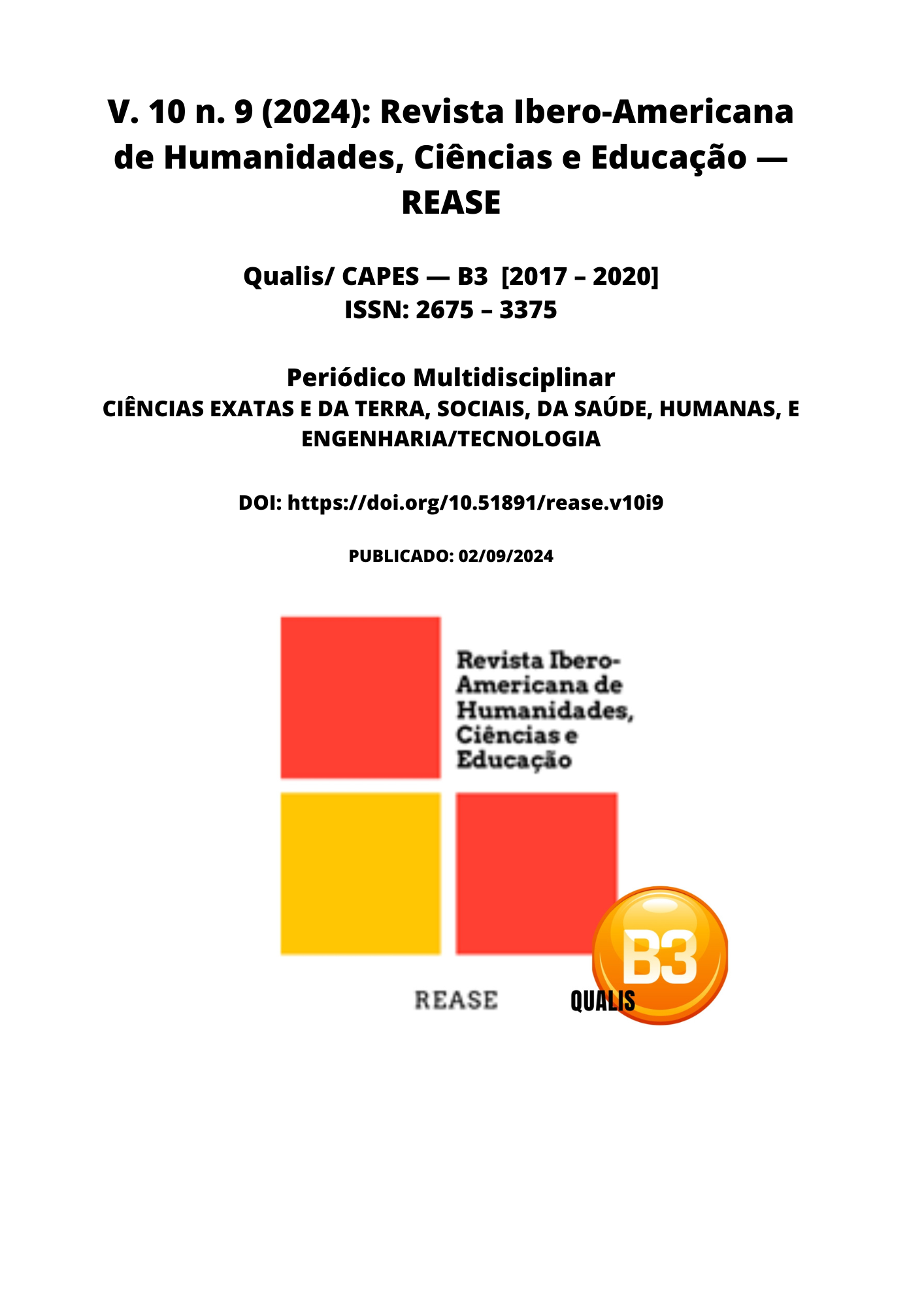ABDOMINAL TRAUMA AND LIVER INJURIES: SURGICAL AND NON-SURGICAL TREATMENT
DOI:
https://doi.org/10.51891/rease.v10i9.15526Keywords:
Abdominal trauma. Liver injuries. Treatment. Surgery.Abstract
Introduction: The management of liver injuries resulting from abdominal trauma represents one of the greatest challenges in emergency medicine, given the high risk of hemorrhage and the complexity of the interventions required to stabilize the patient. The choice between surgical and non-surgical treatment depended on several factors, such as the severity of the injury, the hemodynamic stability of the patient, and the associated clinical conditions. Over the last few years, advances in medicine and the increasing adoption of multidisciplinary approaches have enabled a better understanding of the most effective strategies for each case, highlighting the importance of personalized treatment. Psychological support and respect for the patient's values have also emerged as critical aspects, directly influencing clinical outcomes and recovery. Objective: This systematic review aimed to analyze and synthesize the available scientific evidence on best practices in the treatment of traumatic liver injuries, focusing on the comparison between surgical and non-surgical interventions, as well as on the assessment of the impacts of a multidisciplinary approach on patient outcomes. Methodology: The methodology followed the PRISMA checklist and used the PubMed, Scielo, and Web of Science databases to select articles published in the last 10 years. The descriptors used included "abdominal trauma," "liver injuries," "surgical treatment," "nonsurgical treatment," and "multidisciplinary approach." Studies that presented robust clinical data, comparative evaluations between different treatment methods, and that addressed postoperative recovery were included. Exclusion criteria were applied to studies with small sample sizes, publications that did not present adequate statistical analysis, and articles without full access to the data. Results: The results showed that nonsurgical treatment was effective in hemodynamically stable patients with less severe liver injuries, while surgery remained the main intervention for cases of significant hemorrhage or complex injuries. The multidisciplinary approach, with the integration of psychological, nutritional, and physical therapy support, was associated with faster recovery and better long-term outcomes. It was concluded that personalized treatment, aligned with the patient's clinical conditions and values, was crucial for therapeutic success, with a significant reduction in mortality and postoperative complications.
Downloads
Downloads
Published
How to Cite
Issue
Section
Categories
License
Atribuição CC BY

